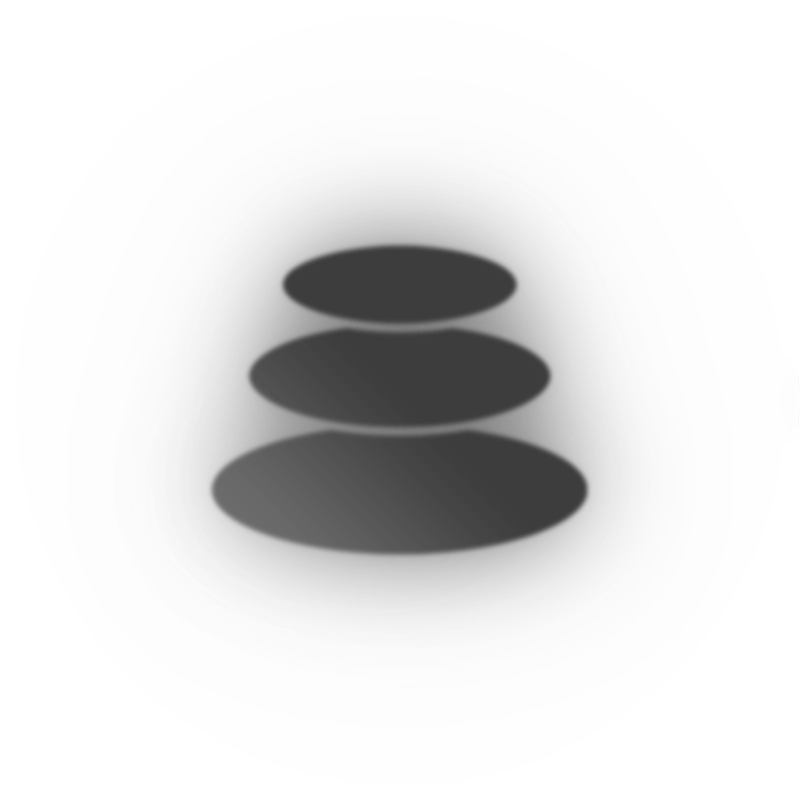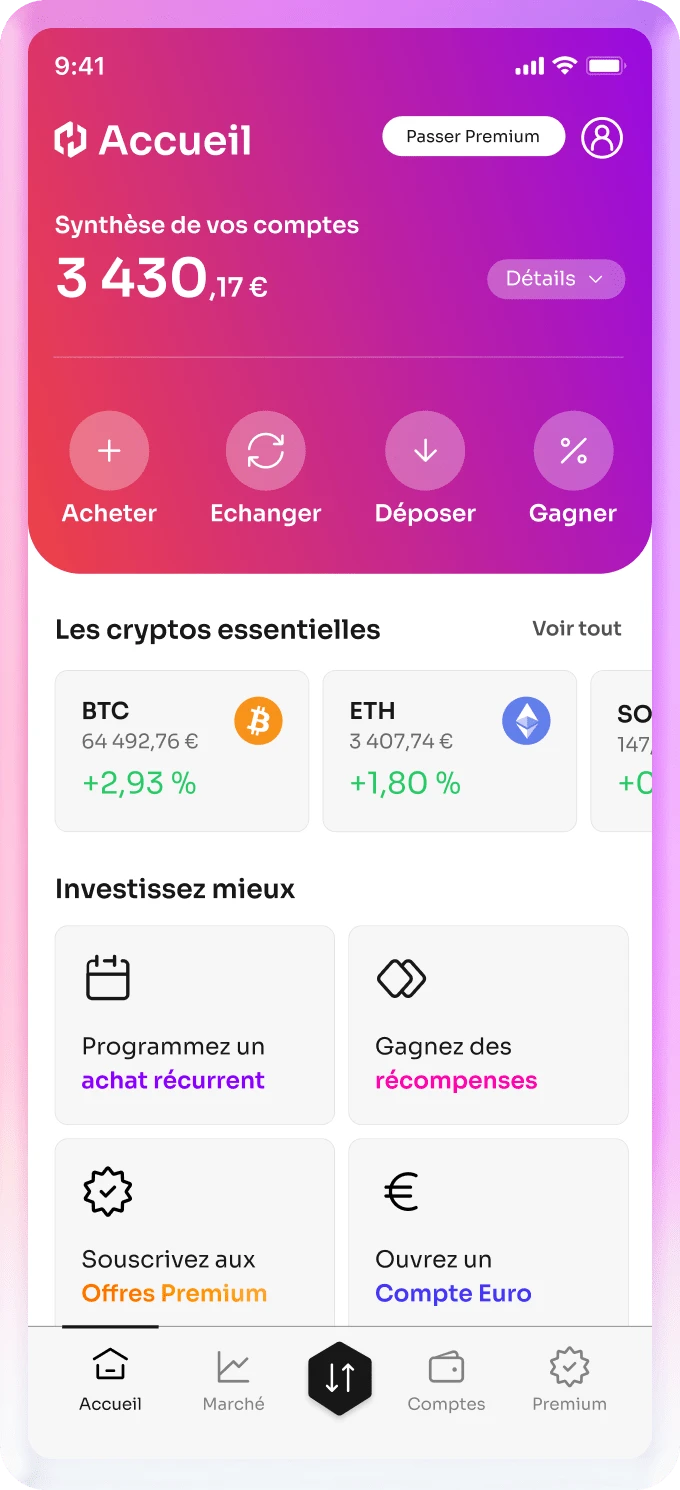The origins of the Balancer project date back to 2018.
That year, technology specialist Balancer Labs acquired the research project called Balancer.
The Balancer platform was launched in early 2020.
Its native token, BAL, was released in June 2020.
BAL is an ERC-20 token which therefore operates on the Ethereum blockchain.
But what is Balancer?
The Balancer project has two main features.
Firstly, it is an AMM (Automatic Market Maker).
As a reminder, an AMM refers to algorithms that enable trading to be managed autonomously.
On the other hand, Balancer is a decentralized exchange (DEX).
In concrete terms, the Balancer platform enables ERC-20 tokens to be exchanged decentrally via liquidity pools (shared or private).
As an AMM and DEX, the Balancer platform falls into the same category as Uniswap and its UNI token.
While the principle is similar, Balancer differs from the Uniswap DEX in two main ways:
- Liquidity pools can hold up to eight different tokens.
The distribution between the tokens making up the balancer pool may vary.
- Transaction fees are predetermined by the creators of a private balancer pool.
The BAL token was launched very quickly after the platform’s launch.
It enables users to participate in the governance of the DEX Balancer, like the COMP token on Compound and the MKR token on MakerDAO.
By holding BAL tokens, users can participate in votes concerning the implementation of structural modifications.






















